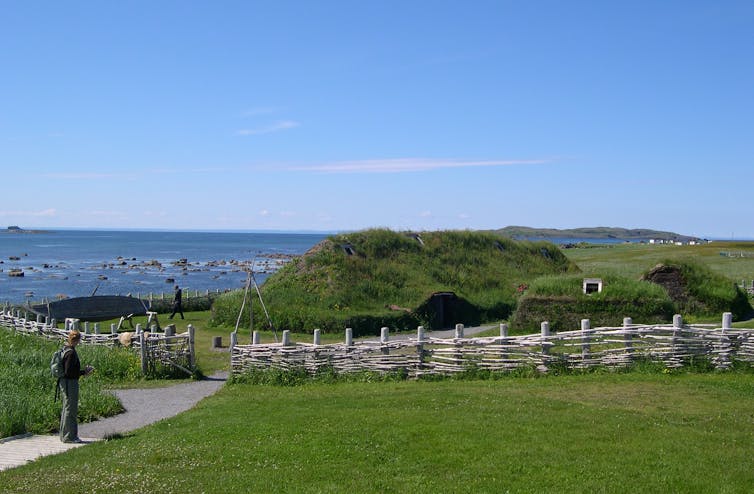We’ve just published a paper in PLOS ONE showing high infant mortality rates are contributing to an incessant rise of the global human population, which supports arguments for greater access to contraception and family planning in low- and middle-income nations.

In collaboration with Melinda Judge, Chitra Saraswati, Claire Perry, Jane Heyworth, and Peter Le Souëf of the University of Western Australia‘s School of Medicine and the Telethon Kids Institute, we found that higher baby death rates and larger household sizes (as an indicator of population density) lead to higher fertility rates.
In the first study of its kind, we provide a compelling argument that the United Nations’ Sustainable Development Goals for reducing infant mortality can be accelerated by increasing access to family planning.
Although it sounds counterintuitive, higher baby death rates are linked to higher population growth because the more babies a women loses, the more children she is likely to have. Family planning, including access to quality contraception, enables women to plan pregnancies better and therefore reduce infant mortality to curb the so-called ‘replacement’, or ‘insurance’ effect.
We evaluated six conditions thought to influence a woman’s fertility — availability of family planning, quality of family planning, education, religion, mortality, and socio-economic conditions, across 64 low- to middle-income countries.
Specifically, we tested whether
Read the rest of this entry »




 What do you say to a man whose list of conservation awards reads like a Star Wars film intro, who has introduced terms like the ‘hyperdynamism hypothesis’ to the field of ecology, and whose organisation reaches over one million people each week with updates of the scientific kind?
What do you say to a man whose list of conservation awards reads like a Star Wars film intro, who has introduced terms like the ‘hyperdynamism hypothesis’ to the field of ecology, and whose organisation reaches over one million people each week with updates of the scientific kind? Last year we reported
Last year we reported 

















